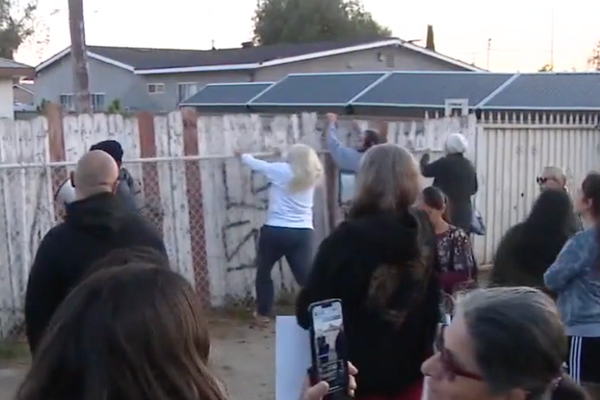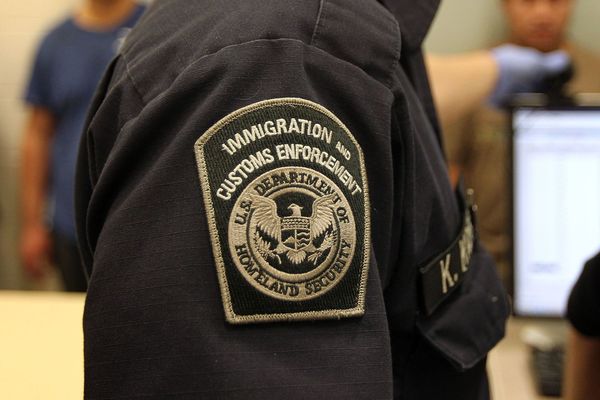Home buyers will face higher stamp duty tax bills from today as thresholds — the levels at which buyers start to pay the property purchase tax — revert to 2022 rates.
Stamp duty cuts introduced in Kwasi Kwarteng’s mini-Budget in September 2022 were intended as a permanent measure at the time but, in the Autumn Budget just two months later, Jeremy Hunt announced that the property tax break would be a long holiday instead.
Labour had been urged to consider freezing stamp duty tax at discounted rates ahead of last year’s Autumn Budget but Chancellor Rachel Reeves decided against this as part of a plan to raise £40bn in tax hikes. This means from today, April 1, stamp duty thresholds are reverting to lower levels.
Homebuyers in the most expensive areas of England and Northern Ireland — in particular London and the South East — will be most impacted by the lowering of thresholds due to high average property prices.
The average first-time buyer in London now spends around £485,000, according to ONS figures, which equates to a stamp duty bill of £9,250 from today — a £6,250 increase on the £3,000 due yesterday.
First-time buyers are no longer be able to claim any relief on homes priced over £500,000. This means London first-time buyers will now pay £11,250 extra stamp duty on homes valued above this amount. As an example, a first-time buyer purchasing a £550,000 property will see stamp duty rise from £6,250 to £15,000.
The average hike for homemovers is an additional £2,500 in stamp duty tax.
The Autumn Budget, delivered by Ms Reeves on 30 October 2024, revealed that the stamp duty surcharge on second homes and buy-to-let properties would be increasing to five per cent from the next day.
This unexpected announcement led to a ‘frantic’ late night scramble for some agents trying to get million-pound deals over the line before the midnight deadline.
While today’s increase will not impact the top-end market in the same way, there are of course going to be those who will have missed out on the savings.
HM Revenue and Customs (HMRC) figures released last week showed a sales surge as buyers rushed to beat the March 31 deadline.
An estimated 108,250 home sales took place in February — 28 per cent higher than February 2024 and 13 per cent higher than January 2025.
Rightmove estimates that less than one in 10 (nine per cent) homes on the market in the capital are priced at under the £300,000 nil rate threshold for first-time buyers, compared with 27 per cent under the old £425,000 threshold.
Thresholds from April 2025
Price of property |
Stamp duty (from 1 April 2025) |
Up to £125,000 |
Zero |
| The portion from £125,001 to £250,000 | 2% |
The portion from £250,001 to £925,000 |
5% |
The portion from £925,001 to £1.5 million |
10% |
Anything above £1.5 million |
First-time buyers are exempt from stamp duty up to £300,000 as long as the total property price is no more than £500,000.
Anyone buying an additional property to their main residence must pay a five per cent surcharge, while non-UK residents will continue to pay a two per cent surcharge.
When do you pay stamp duty?
Stamp Duty Land Tax (SDLT) must be paid when buying property or land over a certain price in England and Northern Ireland. In Scotland buyers pay Land and Buildings Transaction Tax (LBTT), while in Wales buyers pay Land Transaction Tax (LTT).
You have 14 days to pay stamp duty tax from the date of completion. If you miss this deadline, you could face a fine or be charged interest on tax owed.
You pay the tax when you buy:
What will be the impact of stamp duty changes on Londoners?
Anyone who was unable to complete in March will feel the effects of stamp duty changes in that they will now owe more stamp duty tax — payable within 14 days of completion.
Home buyers in the most expensive regions – in particular London and the South East — will be most impacted due to high average property prices and a shortage of first-time buyer homes priced below the upper limit of £500,000.
Rishi Sunak’s stamp duty holiday
During the pandemic, then Chancellor Rishi Sunak introduced a stamp duty holiday to stimulate the property market. Waiving the property purchase tax on the first £500,000 of a transaction gave all home buyers a discount of up to £15,000.
The break lasted for almost a year between July 2020 and June 2021, when the benefit started to taper off. Property transactions boomed but the tax break was also blamed for inflating house prices.







